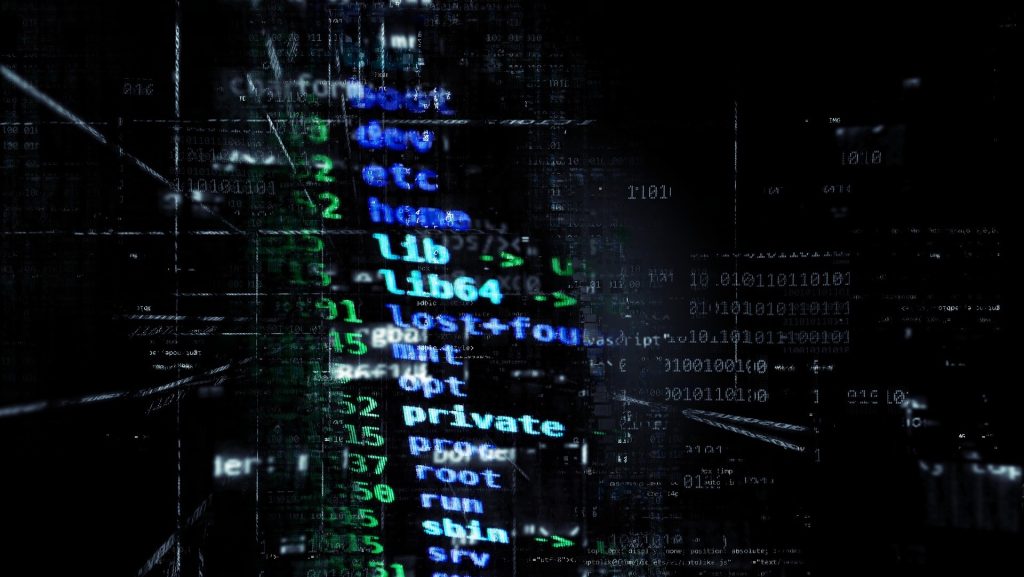
Cybercrime, in all its various forms, is a growing threat to any organisation that operates online.
Despite improvements in IT security, criminal groups continue to probe defences, exploit weaknesses and attack systems in cyberspace.
Usually, the attackers’ motivation is financial, as is witnessed by the increasing number of ransomware incidents. But cybercrime is about more than ransomware: attacks are becoming increasingly sophisticated, and ransomware might only be the most visible evidence of an attack.
Theft of intellectual property, use of the dark web, and conventional crime making more use of cyberspace are all risks. And like legitimate businesses, the criminal world is going digital: crimes against physical assets and individuals are making more and more use of online tools, from intelligence gathering and communications to laundering the proceeds.
But cybercrime does not always attract the attention it should, even though some sources say cybercrime is now more prevalent than other forms of malicious hacking.
We discuss cybercrime, and what it means for CISOs, with. security expert, chief scientist at Rapid 7 and European Cybercrime Centre adviser Raj Samani.
He argues that cybercrime is now much more than an IT security problem.
Interview by Stephen Pritchard. Featured image by Pete Linforth from Pixabay




